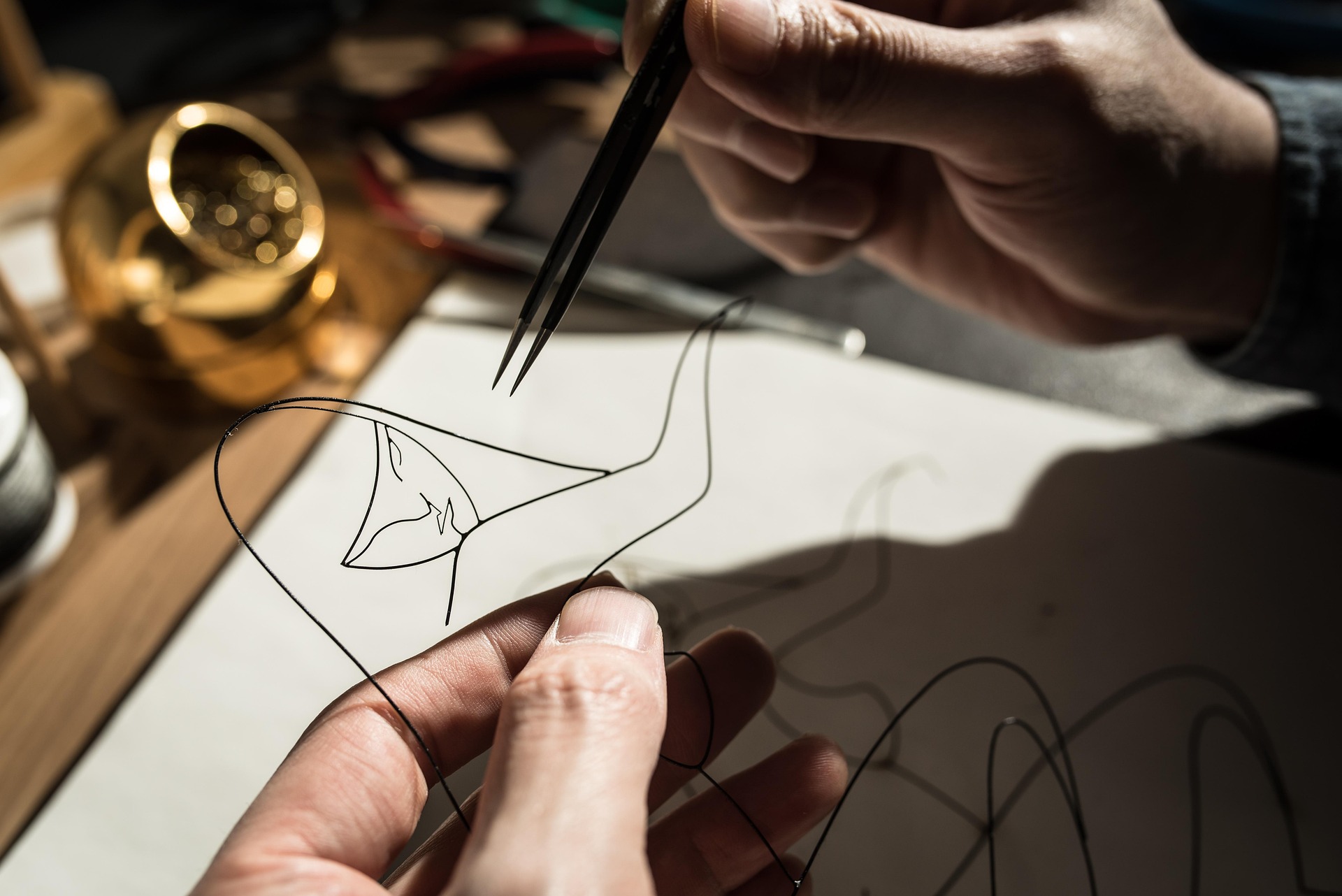The World of Therapy Horses: Their Role, Impact, and Future
A new trend is taking hold in the pet therapy world. Horses, long-time favorites for their grace and strength, are now stepping into the spotlight as therapy animals. Let's delve into their background, explore their current state, and anticipate the future of equine therapy.

The Historical Context of Equine Therapy
Equine therapy, also known as horse therapy, has a deep-rooted history. The idea of using horses for therapeutic purposes dates back to 460 BC, when Greek physician Hippocrates mentioned the therapeutic value of horse riding in his writings. The concept has since evolved and has seen significant developments in the 20th century.
During World War I and II, horses were used in the rehabilitation of soldiers suffering from physical injuries and trauma. The trend caught on, and in the 1960s, the first riding centers for disabled individuals started to emerge. Since then, the therapeutic use of horses has expanded beyond physical rehabilitation to encompass psychological healing and personal growth.
The Present State of Equine Therapy
Today, equine therapy is used in a variety of settings, from rehabilitation centers and psychiatric hospitals to schools and private practices. It serves people of all ages who face a wide array of challenges, including autism, multiple sclerosis, depression, anxiety, and PTSD.
Equine therapy can take on numerous forms, the most common being Equine-Assisted Psychotherapy (EAP) and Therapeutic Riding. EAP involves interactive sessions with horses under the guidance of a mental health professional, while Therapeutic Riding focuses on teaching riding skills to improve physical, emotional, and social well-being.
Regardless of the form, the estimated cost of equine therapy ranges from $50 to $150 per session, contributing to the multi-million dollar animal-assisted therapy industry.
The Science Behind Equine Therapy
The effectiveness of equine therapy isn’t merely anecdotal. Several studies have demonstrated its positive effects. Horses, being sensitive creatures, mirror human emotions and behaviors, thus providing instant feedback. This interaction can help individuals gain self-awareness and improve their communication and problem-solving skills.
Physically, horse riding stimulates the rider’s pelvic movements, mimicking the human gait. This can aid in improving balance, coordination, and strength. Furthermore, the rhythmic motion of riding can have a calming effect on the mind, reducing stress and promoting relaxation.
Looking Ahead: The Future of Equine Therapy
Equine therapy, despite its proven benefits, still faces certain challenges. Accessibility and affordability are major concerns. The upkeep of a therapy horse can cost up to $5,000 annually, driving up therapy prices and making it less accessible for low-income individuals.
However, the future is promising. With the growing recognition of its therapeutic value, more funding and resources are being directed towards this field. Technological advancements are also paving the way for virtual reality-based equine therapy, which could offer a cost-effective and accessible alternative.
Wrapping Up
Undoubtedly, the world of therapy horses is fascinating. These majestic creatures have moved beyond their traditional roles to become agents of healing and personal growth. The journey of equine therapy, from its historical roots to its modern-day applications, is a testament to the enduring bond between humans and animals. Moving forward, the continued evolution of this field promises to bring hope and therapeutic benefits to many more individuals.




